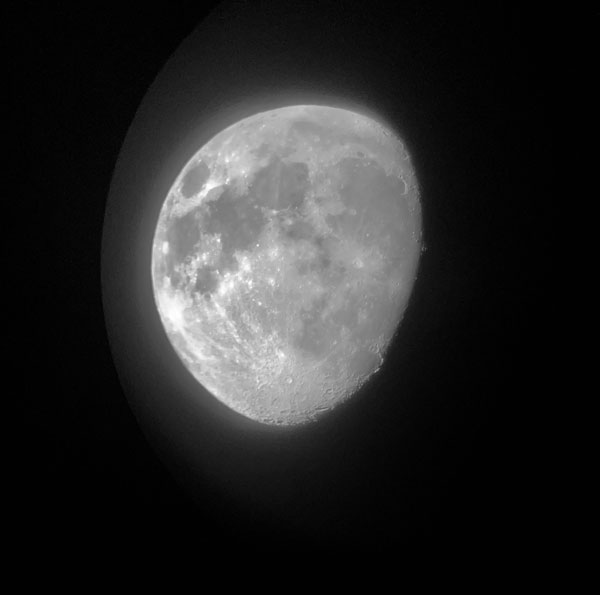
This month there are several astronomy events involving the moon. Next week on September 17 the moon will briefly hide the planet Saturn. This event called an occultation will happen in the early morning. It will be visible from the Western United States, southwestern Canada, and northwestern Mexico. Saturn will disappear behind the moon between 4 AM and 4:15 AM PDT. The exact time depends on your location. Saturn will reappear between 4:55 and 5:05 the same morning. In some places, the moon will have set by this point so Saturn’s reappearance will not be visible. You will want binoculars or a telescope to see Saturn up to the point where it disappears behind the moon. In places where the occultation is not visible, there will still be a close conjunction of the moon and Saturn on Tuesday morning.
Tuesday evening the moon itself will become partly obscured as it moves into Earth’s shadow. This partial lunar eclipse will be visible from Europe, Africa, and most of the Americas. Alaska and far western Canada will miss out. The eclipse will last from 10:12 to 11:15 PM EDT. Only about 3% of the moon will be obscured in the eclipse.
On September 22, the moon will move through the Pleiades Star Cluster for the United States. The moon will take about two hours to move through the cluster. Some of the stars will disappear behind the moon though which ones do will depend on your location. The moon will begin moving into the cluster at about 3 AM PDT. In the eastern United States, the sky may become too bright to see the moon hide any of the stars in the Pleiades. But before sunrise, the moon will still be in close conjunction with the star cluster.
